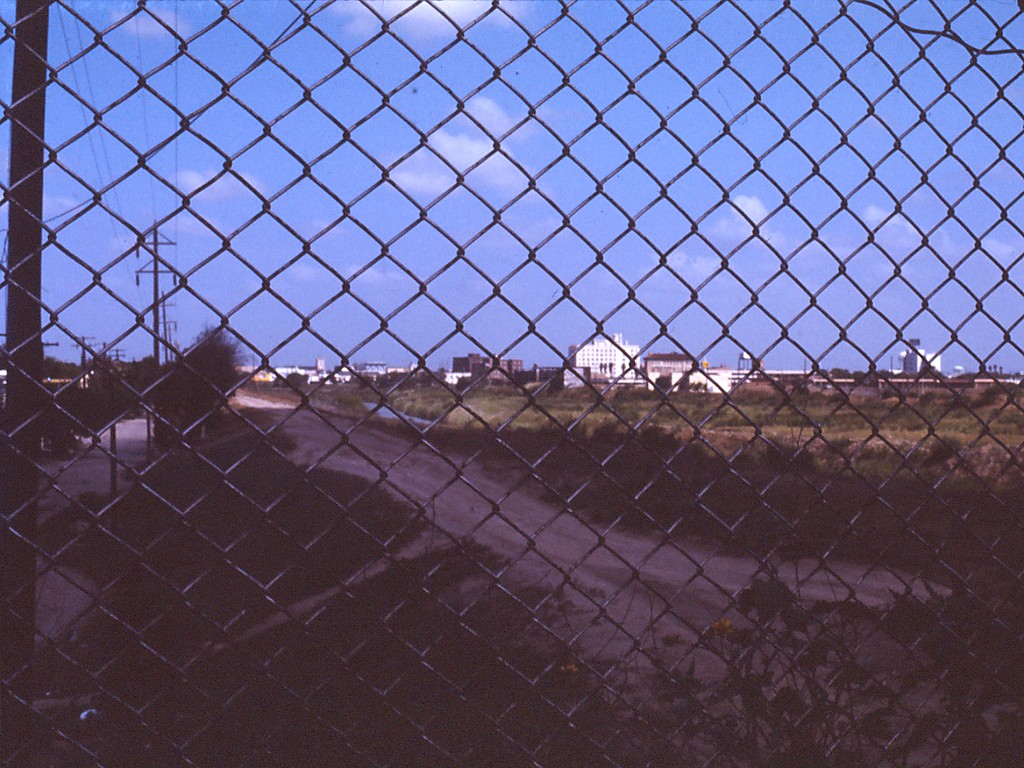
The borderlands region between the United States and Mexico has been a site for the coming together of peoples with both shared and divergent histories since long before it took its current shape in the mid-1800s. Recent academic work on borders and border crossings has argued that territorial limits are both real and imagined, and, as such, it is also important to remind ourselves that even terms like Mexican or American are generalizations that mask significant cultural differences. Making sense of these issues has resulted in a focus on the social and cultural meanings of crossing borders to the extent that programs in border studies have arisen on both sides of the frontera. The purpose of this course is to develop a broader understanding of borders and borderlands that encompasses the movement of peoples and resources throughout the Mexico-U.S. borderlands and the larger region known by anthropologists and geographers as Mesoamerica (Middle America).
- Teacher: Matt Samson
